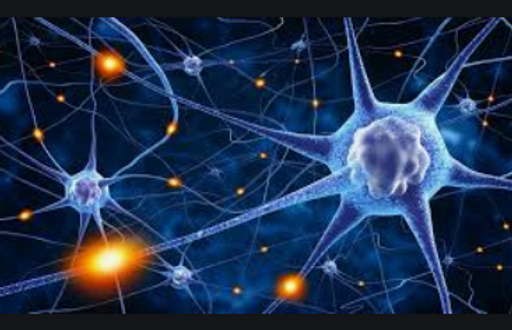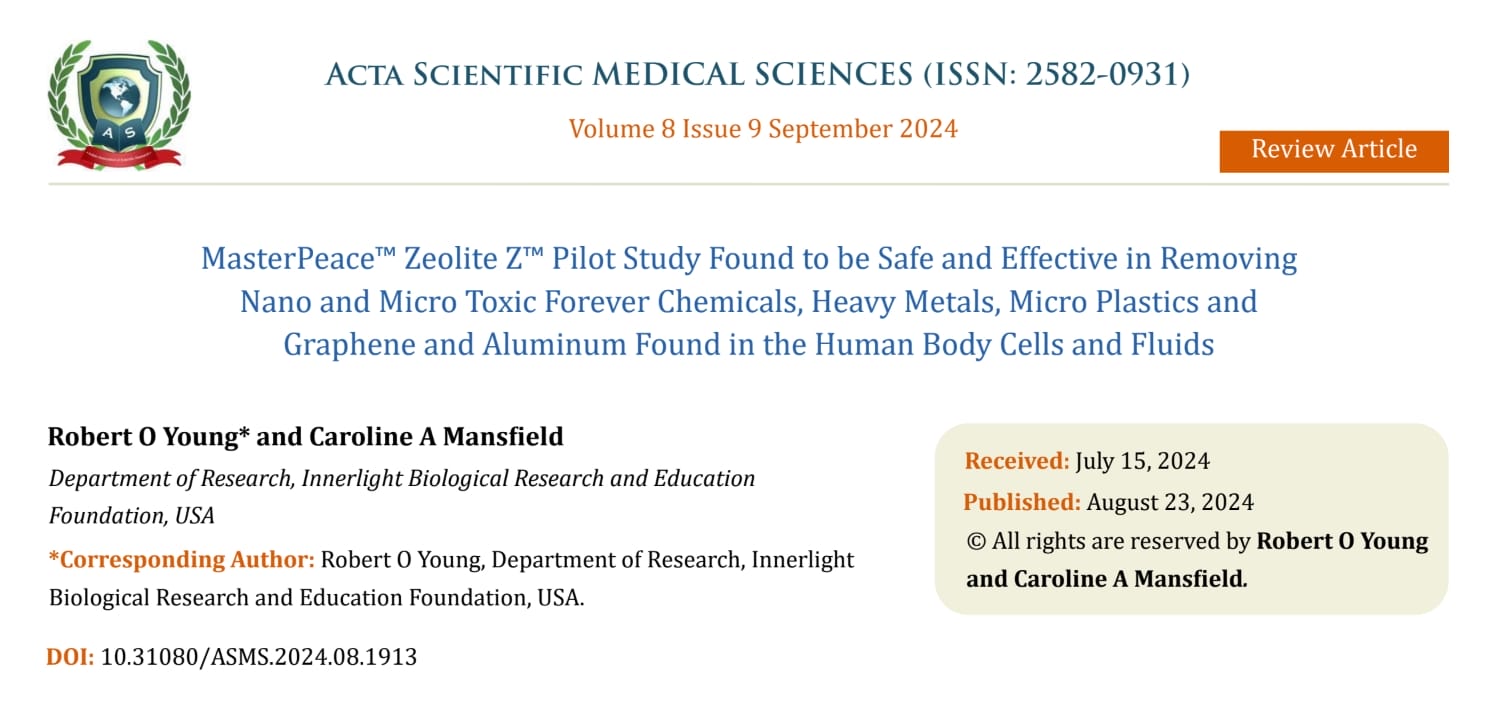Deep Sleep Drives Brain Fluid Oscillations in the Removal of Metabolic Acidic Waste from the Brain

Summary
Getting enough quality sleep at the right times helps protect physical and mental health. Slow-wave sleep (SWS) represents high-intensity sleep and predominates in the first part of the night. Rapid eye movement (REM) sleep accompanies dreaming and is not influenced by prior sleep or waking and shows a rhythmicity with the body clock (circadian rhythm) (1): Sleep starts with a light form of SWS, progresses to deeper SWS and then shallow SWS, and concludes with REM sleep before beginning a new cycle (2). During SWS, the cerebral blood flow is reduced by 25%, which lowers cerebral blood volume (CBV) by ∼10% (3). On page 628 of this issue, Fultz et al. (4) show that this reduction in CBV in the human brain allows inflow of cerebrospinal fluid (CSF) to the third and fourth ventricles—fluid-filled cavities in the central brain—which may facilitate communication between fluid compartments(Interstitial fluid compartments) and clearance of acidic waste products. Getting enough quality sleep is significant in preventing and treating any sickness or disease.


A New Organ System Discovered in 2018
The glymphatic system is a recently discovered macroscopic waste clearance system that utilizes a unique system of perivascular tunnels, formed by astroglial cells, to promote efficient elimination of toxic acidic soluble proteins and metabolites from the central nervous system to the lymphatic system.
Mammals inhabit three modes of existence: wakeful consciousness, REM sleep, and non-REM sleep
Sleep is a consequence of metabolism: the brain uses sleep to remove metabolic acidic waste via the glymphatic system.

Sleep is heavily influenced by circadian rhythms (reset every 24hr), ultradian rhythms (reset every 90min) and melatonin production.


Sleep is also influenced by adenosine, which is a more direct representation of ambient metabolites (and also, of course, sleep debt).

References
Science 01 Nov 2019:Vol. 366, Issue 6465, pp. 572-573. DOI: 10.1126/science.aaz5191
Saper et al (2005). Hypothalamic regulation of sleep and circadian rhythms
Kleitman (1982). Basic Rest-Activity Cycle-22 Years Terence Later
Xie et al (2014). Sleep Drives Metabolite Clearance from the Adult Brain
To learn more go to: www.drrobertyoung.com




